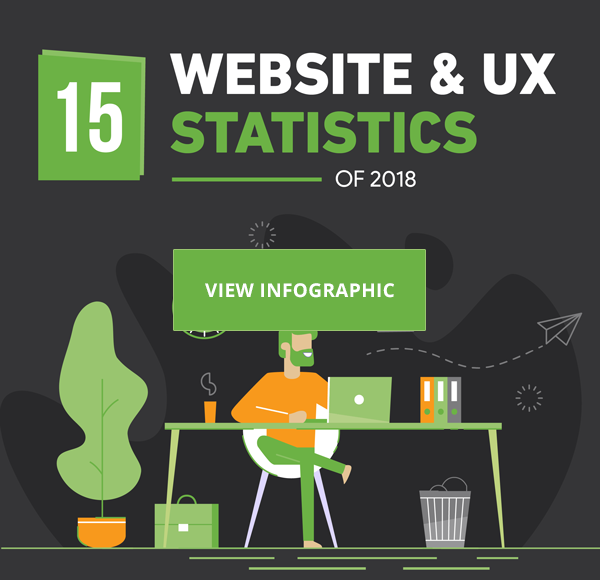Cross-border e-commerce trends that you just cannot ignore

E-commerce is a rapidly evolving area and it can be a daunting task trying to keep up with the trends. With the advent of technology, some of the ways in which we meet our basic needs have undergone a tremendous change. Online retailing is one such major gift.
As more and more people have begun to prefer e-commerce, it is becoming essential to adapt accordingly for the businesses to keep growing. Brick and mortar stores are no longer the preferred choice, as many brands and companies have begun to adopt e-commerce instead.
And the e-commerce market is not confined to a specific location, like a particular country, but has a worldwide presence. In keeping with the times, it has become vital for businesses to keep up with cross-border e-commerce trends, not only to sustain but to grow.
Access to the web
Everyone you meet, every person that you know and even people on the street, everyone owns a smartphone. As internet literacy grows, people find themselves with easier access to businesses around the world. This is a great time for businesses to expand into the e-commerce world and cash in on the general global trend of growth in internet usage.
Global becomes local
With the mammoth growth in internet marketing, more and more businesses are joining in the e-commerce world. People now have access to global stores right from their screens. Products are available from anywhere in the world and can be sent to anywhere. The need to travel distances to make specific purchases is long gone. The businesses that have made themselves available globally have seen massive growth and have managed to take over the cross-border e-commerce industry.
Ease of access
For the growth of any e-commerce undertaking, it is essential for the business to make itself as easily accessible as can be. With monetary transactions being a major concern for prospective buyers, providing secure and simple payment options is vital. There is a myriad of online payment platforms available that provide complete security and good services. Making the process of purchase simple is a great way to grow in the e-commerce industry.
Competitive prices
One of the most significant ways to make the consumers happy is to give them the best rates for your products or services. With e-commerce, it is all the more essential to keep on top of the competition at all times. With consumers having so much access to so many businesses, without having to physically go and find the best bargain, showing them that you offer the best product at the least price is vital. It is very important to change online prices according to the changes in currency as well.
Understanding the local consumer
When setting up a cross-border e-commerce business, it is essential to understand the customs and traditions of the local people. A smart study of the local market and its trends can help a business brings forth products and offers that the local majority cannot refuse. Catering to the needs of the local consumer in the best way possible is the only real means of survival when it comes to cross-border e-commerce.
Customer support and services
When competing in an e-commerce setting, it is wise to create an easily accessible customer support system. For international customers to feel safe and satisfied, around-the-clock consumer support system is a good idea. Auxiliary services not only keep the current consumer happy but also help bring in new business through word of mouth and internet reviews.
The Bottom Line
E-commerce is exploding and with it comes a great opportunity for local businesses to go global. By providing a great product, and a reliable payment gateway and customer support system, any business can establish a global presence in a short duration. However, as easy as that might sound, it is exceptionally important for businesses to stay on top of their game by adopting best business practices.





